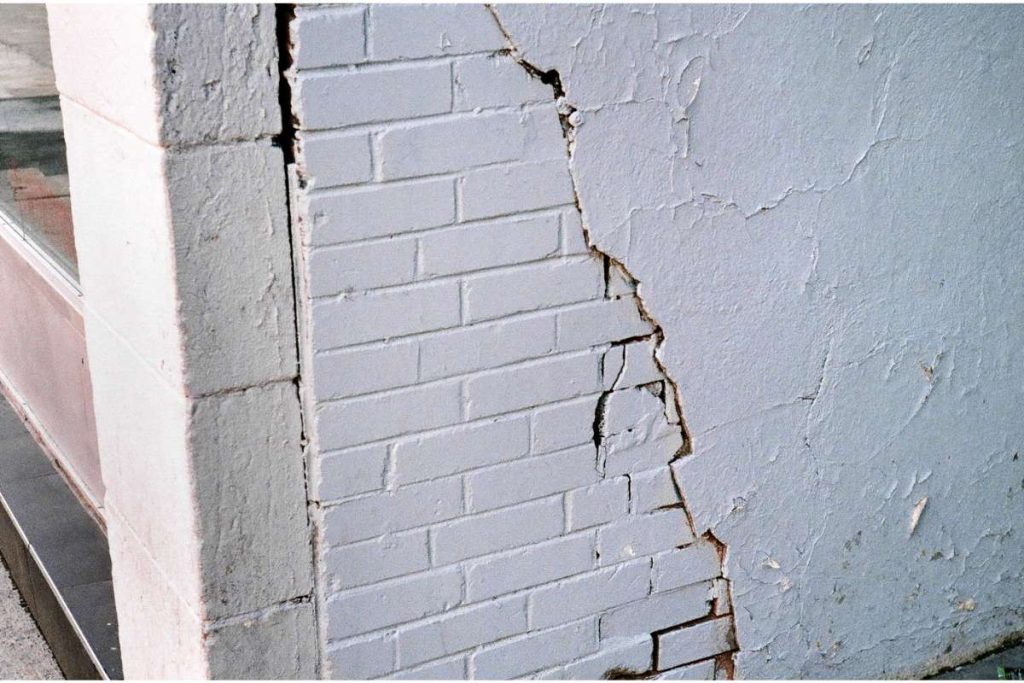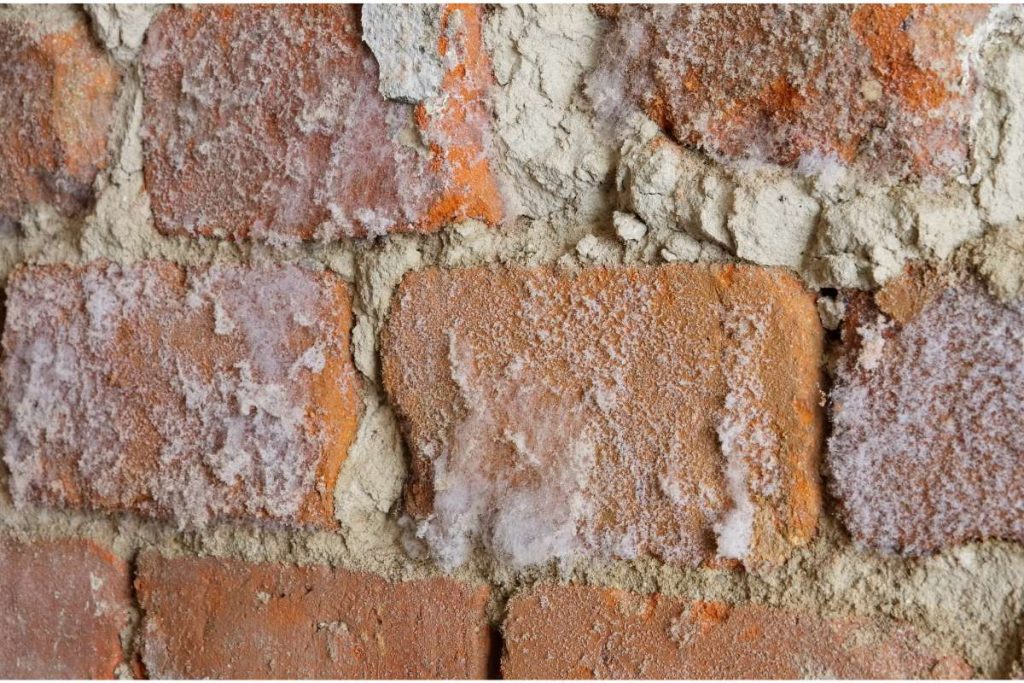Why Does Mould Love Your Exterior Walls?
Before we roll up our sleeves and get down to the mould-busting tactics, it’s helpful to understand why mould starts flirting with your exterior walls in the first place. Mould thrives on moisture, organic material, and a bit of neglect. Combine these on an exterior wall, especially in shady, damp areas, and mould thinks it’s found paradise.
1. Cut Off the Water Supply
Mould’s best buddy is moisture. To give mould the cold shoulder, start by reducing dampness around your home’s exterior:
- Improve Drainage: Ensure your gutters are not just for show. Clean them regularly to prevent blockages and make sure downspouts direct water away from your walls. Consider extending your downspouts if necessary.
- Splash Blocks and French Drains: These are not just fancy garden features. Splash blocks can help divert water away from your foundation, and French drains can be a game-changer if you’re dealing with a soggy yard.
- Check Irrigation Systems: Overzealous sprinklers that spray directly onto your walls might be keeping them unnecessarily wet. Re-angle your sprinklers to keep the water where it belongs – on your plants, not your walls.
2. Let the Sunshine In
Mould detests sunlight almost as much as teenagers hate getting up early. If you have trees and shrubs hugging your home a little too closely, they might be creating the perfect shadowy spots for mould to settle down.
- Trim the Greenery: Keeping your foliage trimmed back not only adds to your curb appeal but also increases sunlight exposure on your walls, making them less inviting for mould.
3. Choose Mould-Resistant Paint
When it’s time to repaint the exterior, think of it like selecting armour for your home. Opt for mould-resistant paint:
- Mould-Resistant Additives: Some paints already include mould inhibitors, but if your favourite one doesn’t, don’t worry! You can buy mould-resistant additives to mix into your paint.
4. Ventilation is Key
Proper ventilation inside affects the outside too. If your home is poorly ventilated, moisture can build up and seep through the walls, providing a highway for mould to reach the exterior.
- Use Dehumidifiers: Especially in areas like kitchens and bathrooms where moisture loves to linger.
- Check Your Venting: Ensure that your clothes dryer and other venting systems are directed outdoors, not just into your attic or between walls.
5. Regular Cleaning and Maintenance
Sometimes, the simplest solutions are the best. Regularly washing your exterior walls can prevent mould spores from settling in:
- Soft Washing: Instead of blasting your walls with high-pressure water, which can damage the surface, opt for a soft wash using a mould-inhibiting cleaning solution.

6. Repair Cracks and Gaps
Mould spores are tiny, sneaky little things that can wiggle their way into the smallest cracks and crevices. Regularly inspect your exterior walls and seal any cracks or gaps with a good quality caulk or sealant. This not only keeps out moisture but also improves your home’s thermal efficiency.
7. Use Natural Remedies
For those who prefer a more natural approach before resorting to chemicals, there are a few household items you can turn to that may help keep mould at bay:
- Vinegar Solution: A mild white vinegar solution (usually about 80% water and 20% vinegar) can be effective against mould. Spray it on the affected area, let it sit for a few hours, then wash it off with clean water.
- Tea Tree Oil: Known for its natural fungicidal properties, mixing a teaspoon of tea tree oil with a cup of water can create a powerful spray that tackles mould growth.
- Baking Soda: Sprinkle baking soda on damp walls and scrub. This not only removes mould but also absorbs moisture, reducing future growth.
8. Insulate Your Walls
Improperly insulated walls can create cold spots where condensation forms and mould loves to grow. By improving your wall insulation, you can maintain a more consistent indoor temperature, reducing condensation and preventing mould growth:
- External Wall Insulation: This not only prevents heat loss but also ensures that the wall itself remains warm, reducing the risk of condensation.
- Internal Insulation Options: For homes where external insulation isn’t possible, consider internal insulation solutions like insulated plasterboard.
9. Monitor Humidity Levels
Keeping an eye on your home’s humidity levels can provide early warnings of potential mould problems. Aim to keep indoor humidity between 30% and 50%:
- Hygrometers: These inexpensive devices can help you monitor the humidity levels in your home. Adjust your dehumidifiers accordingly, and use fans or open windows to reduce moisture when needed.
10. Professional Mould Assessment
If you’re dealing with persistent mould issues or a large affected area, it might be time to call in the professionals:
- Mould Remediation Specialists: These experts can assess the mould situation, identify the root cause, and suggest long-term solutions that might be less apparent to the untrained eye.
- Structural Assessment: Sometimes, mould on external walls can indicate more serious issues, like structural damage from water infiltration. A professional assessment can ensure that any underlying problems are addressed, preventing future mould growth.
11. Educate Yourself on Mould Types
Understanding the type of mould can also help in effectively dealing with it. Not all moulds are created equal—some might be more harmful than others:
- Harmless Moulds: Often just a cosmetic issue.
- Toxic Mould: Such as black mould, which can pose health risks and requires immediate attention.
Educating yourself about different moulds can help you decide how urgently you need to act and whether you can DIY the problem or need professional help.
Stay Vigilant Against Mould
Mould can be a persistent nuisance, but with the right strategies, you can protect your home and maintain its beauty and structural integrity. Regular maintenance, moisture control, and a bit of proactive care will go a long way in keeping your exterior walls mould-free.




